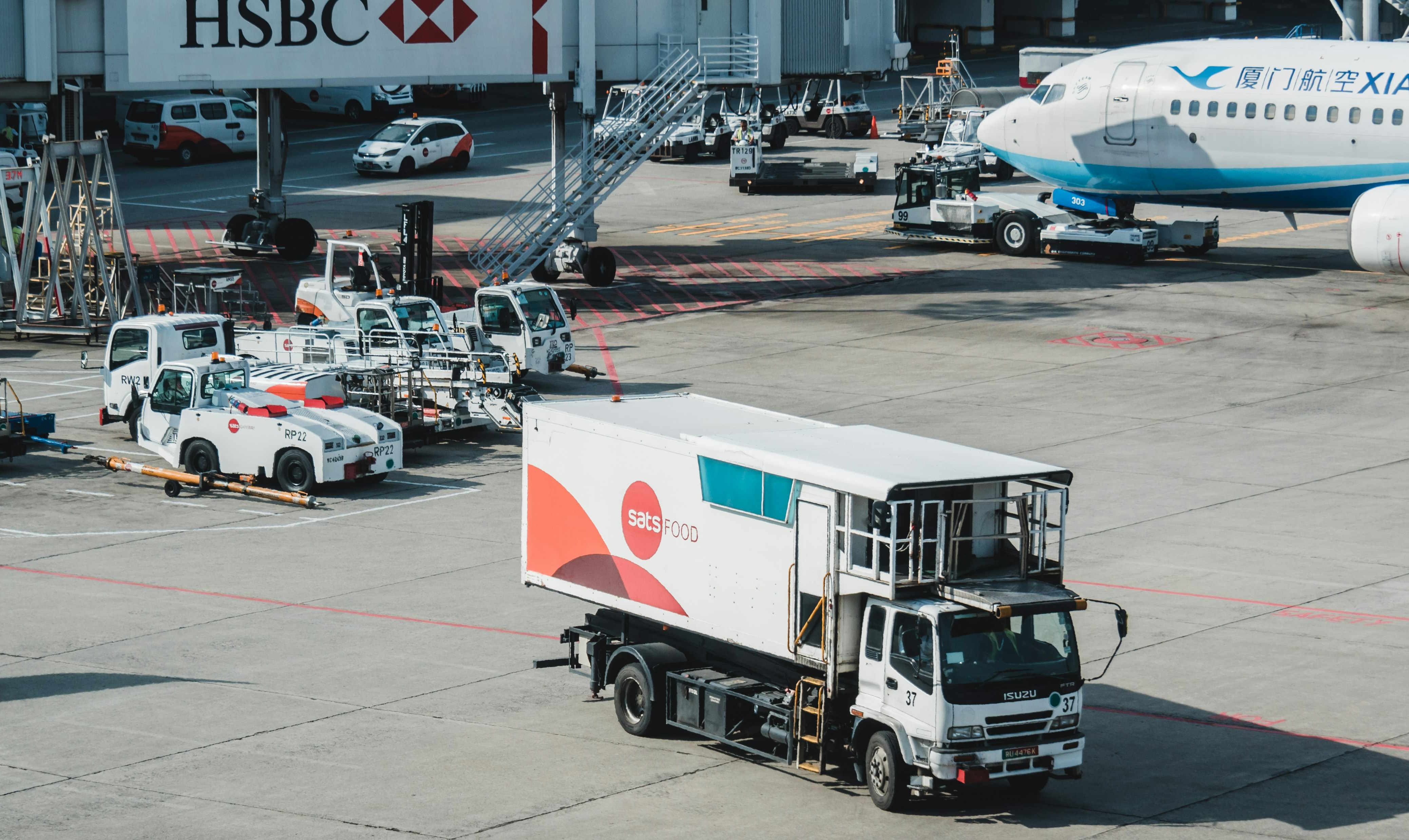Airport Driver Jobs: Understanding Roles, Requirements, and Opportunities in 2025
Airport driver jobs play a vital role in maintaining smooth transportation within and around airports. In 2025, these positions include tasks such as transporting passengers, handling luggage, and supporting logistics operations. Understanding the types of airport driver roles, required qualifications, and workplace expectations provides insight into a profession that supports global travel and airport efficiency every day.

The aviation industry continues to create numerous employment opportunities for professional drivers, with airports serving as major hubs for various transportation services. Airport driver positions range from passenger shuttle operations to specialized cargo transport, each requiring specific skills and qualifications. These roles play a crucial part in maintaining smooth airport operations and ensuring passenger satisfaction.
Overview of Airport Driver Roles
Airport driver positions encompass multiple transportation functions within airport premises and surrounding areas. These professionals operate various vehicle types, including passenger shuttles, cargo trucks, fuel tankers, and maintenance vehicles. The primary responsibility involves safe and efficient transportation of passengers, cargo, or equipment while adhering to strict airport security protocols and safety regulations.
Drivers must possess excellent navigation skills and familiarity with airport layouts, including terminals, gates, cargo areas, and service roads. They often work closely with airline staff, ground crews, and airport security personnel to coordinate transportation activities. Communication skills are essential as drivers frequently interact with passengers from diverse backgrounds and may need to provide basic information about airport services.
Types of Airport Driver Jobs
Passenger shuttle drivers operate buses and vans that transport travelers between terminals, parking areas, and nearby hotels. These positions typically require commercial driver’s licenses and customer service skills. Shuttle drivers must maintain schedules while ensuring passenger comfort and safety during transit.
Cargo and freight drivers handle the transportation of luggage, mail, and cargo between aircraft and processing facilities. These roles often involve operating specialized vehicles and require knowledge of cargo handling procedures. Some positions may involve international freight transport, requiring additional certifications and security clearances.
Fuel truck operators represent a specialized category requiring extensive training and certification. These drivers transport aviation fuel to aircraft and must follow strict safety protocols due to the hazardous nature of the materials. Additional roles include maintenance vehicle operators, emergency response drivers, and VIP transportation services.
Work Conditions and Responsibilities
Airport driver positions typically involve irregular schedules, including nights, weekends, and holidays, as airports operate continuously. Drivers must adapt to varying weather conditions and may work outdoors for extended periods. Physical demands include lifting luggage or cargo, performing vehicle inspections, and walking considerable distances across airport grounds.
Security requirements are stringent, with all airport drivers undergoing background checks and obtaining security badges. Drivers must comply with Transportation Security Administration regulations and airport-specific protocols. Regular drug and alcohol testing is mandatory, and drivers must maintain clean driving records throughout their employment.
Responsibilities extend beyond driving to include vehicle maintenance, completing logbooks, and reporting safety incidents. Many positions require basic mechanical knowledge for routine vehicle inspections and minor repairs. Customer service skills are particularly important for passenger-facing roles, as drivers often serve as the first point of contact for travelers.
| Job Type | Common Employers | Key Requirements |
|---|---|---|
| Shuttle Driver | Airport authorities, hotels, rental car companies | CDL, clean driving record, customer service skills |
| Cargo Driver | Airlines, logistics companies, freight handlers | CDL, cargo handling experience, security clearance |
| Fuel Truck Operator | Fuel suppliers, airlines, ground service companies | Hazmat certification, specialized training, security clearance |
| Maintenance Driver | Airport maintenance, airlines, service contractors | Vehicle maintenance knowledge, safety training |
Career advancement opportunities exist within airport transportation services, with experienced drivers potentially moving into supervisory roles, training positions, or specialized operations. Some drivers transition to other airport careers, leveraging their knowledge of airport operations and security procedures. The experience gained in airport driving can also transfer to other transportation industries, including commercial trucking and public transit.
The airport transportation sector offers stable employment with opportunities for both part-time and full-time positions. Job security tends to be strong due to the essential nature of airport operations and consistent demand for transportation services. Professional development opportunities may include additional certifications, safety training, and advancement within transportation companies or airport authorities.




